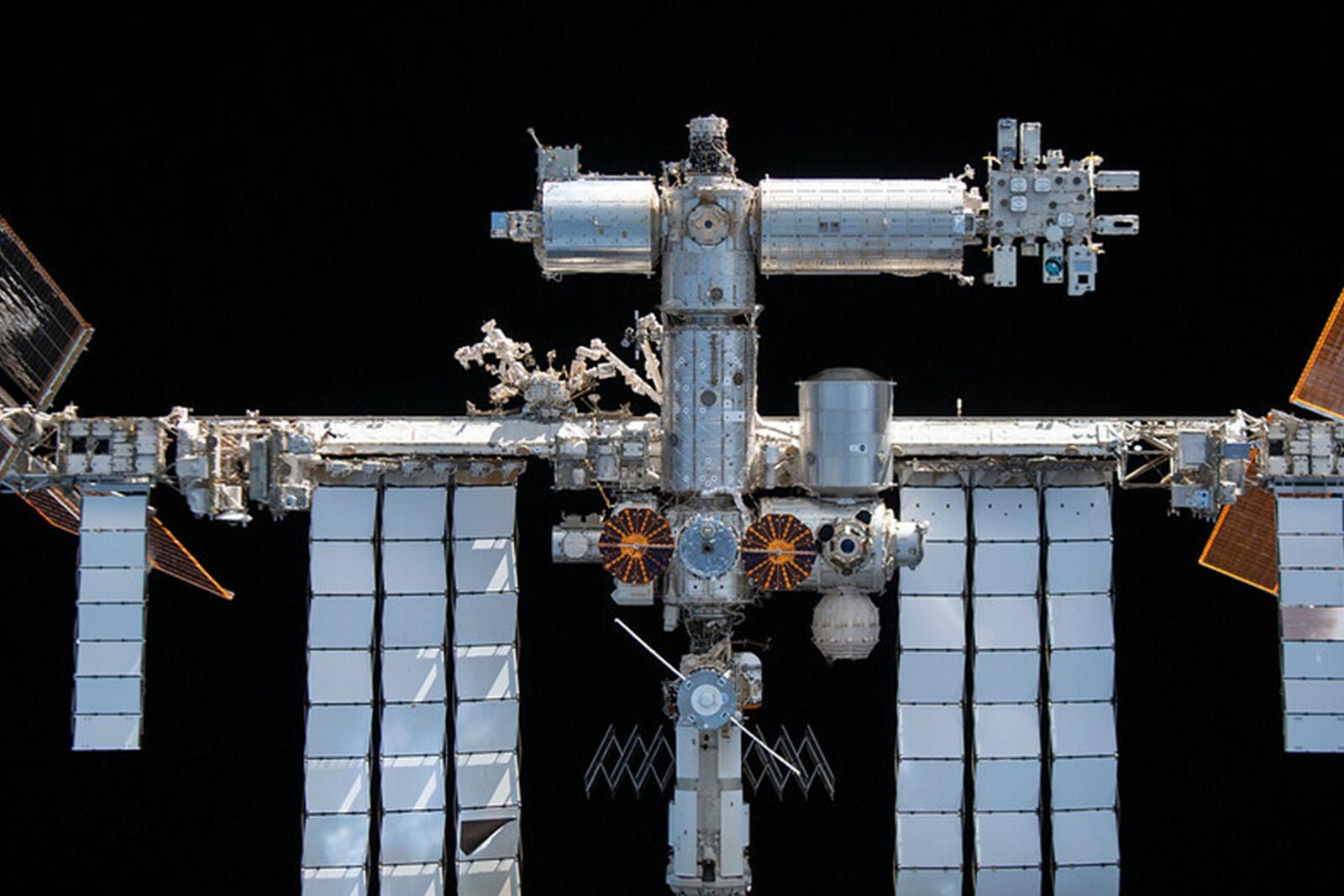
Credit: NASA
MILAN—NASA does not plan to launch SpaceX’s International Space Station (ISS) deorbit vehicle until it is sure the follow-on to accommodate astronauts and microgravity experiments is ready, Deputy Administrator Pam Melroy said. The deorbit vehicle effectively needs to complete its mission within...
Subscription Required
ISS Deorbit Vehicle’s Launch Tied To Station Replacement is published in Aerospace Daily & Defense Report, an Aviation Week Intelligence Network (AWIN) Market Briefing and is included with your AWIN membership.
Already a member of AWIN or subscribe to Aerospace Daily & Defense Report through your company? Login with your existing email and password.
Not a member? Learn how you can access the market intelligence and data you need to stay abreast of what's happening in the aerospace and defense community.





